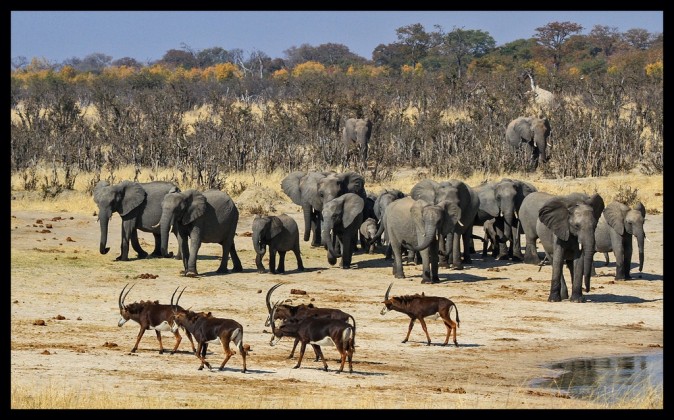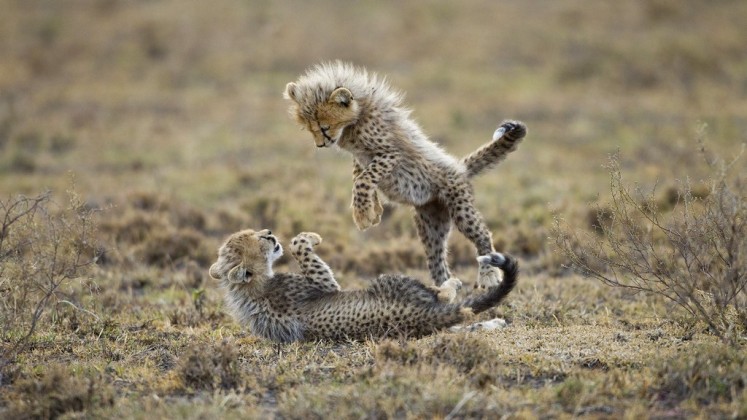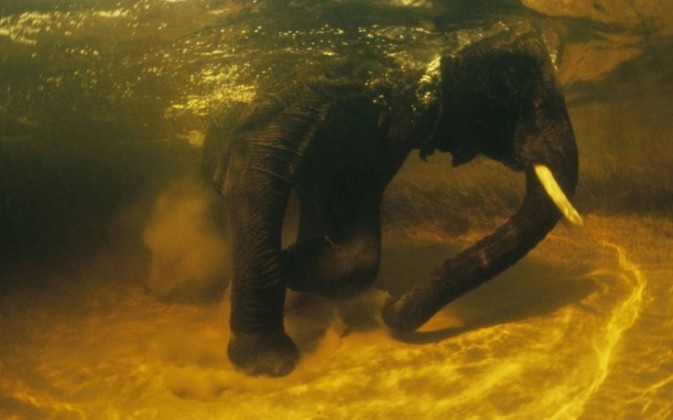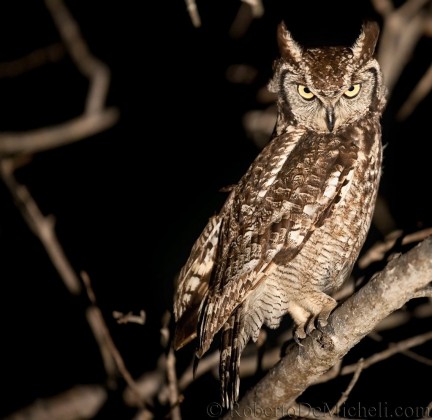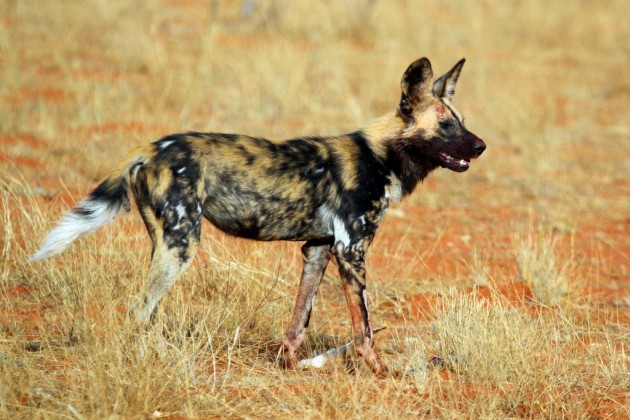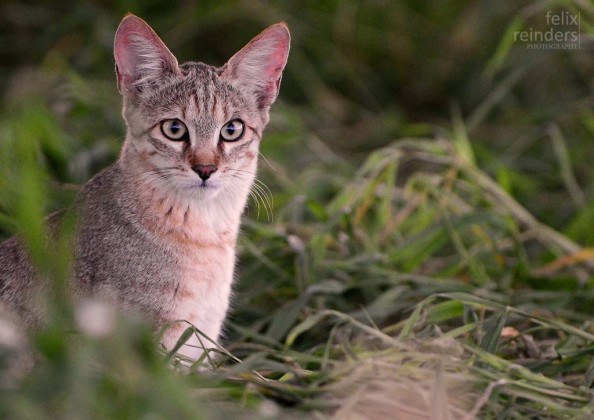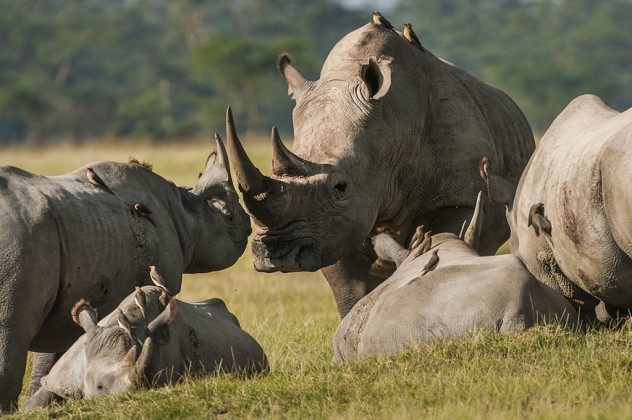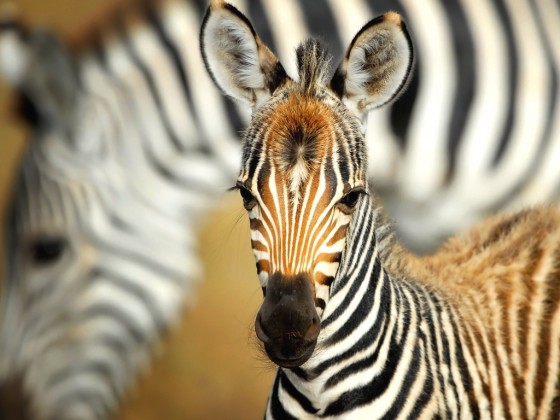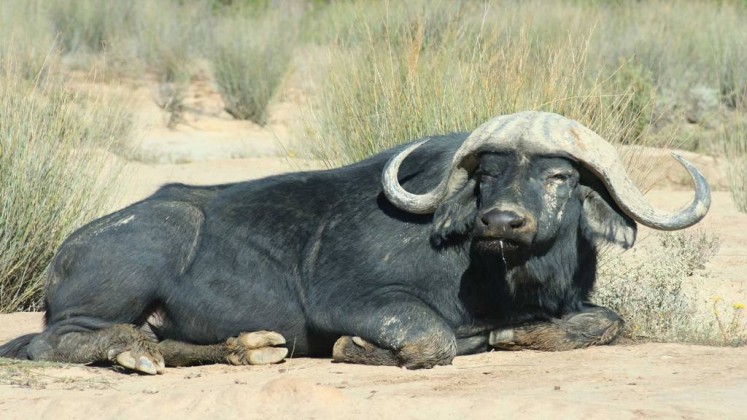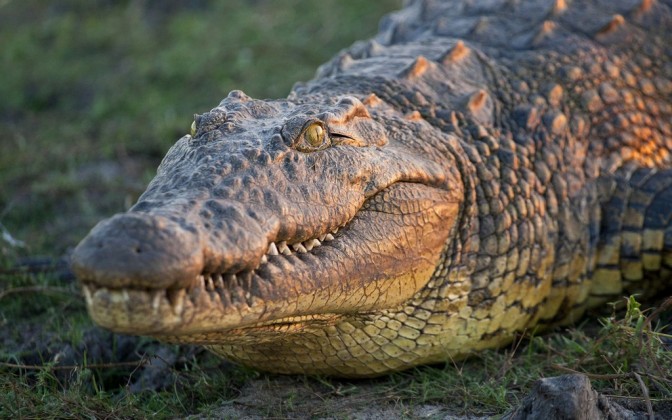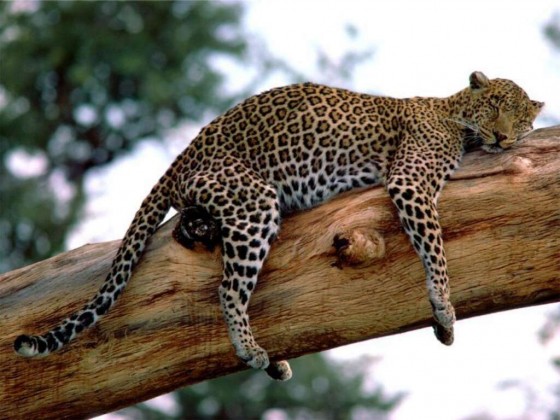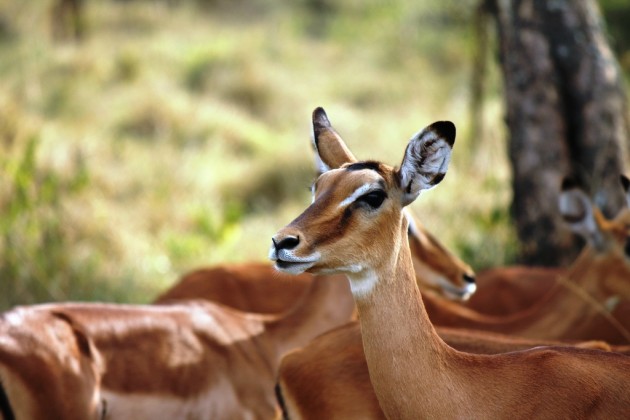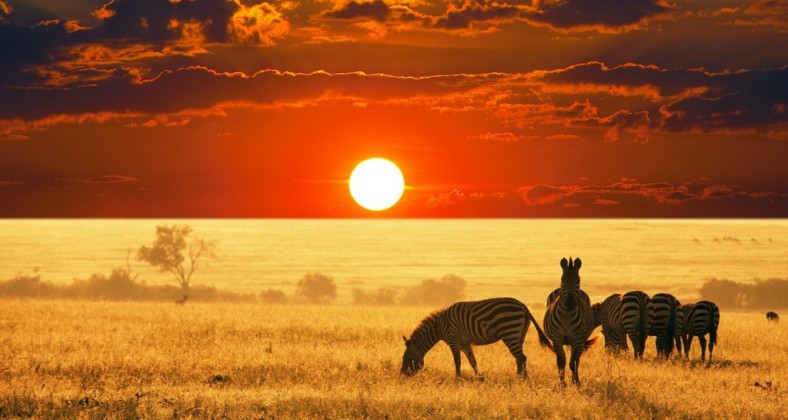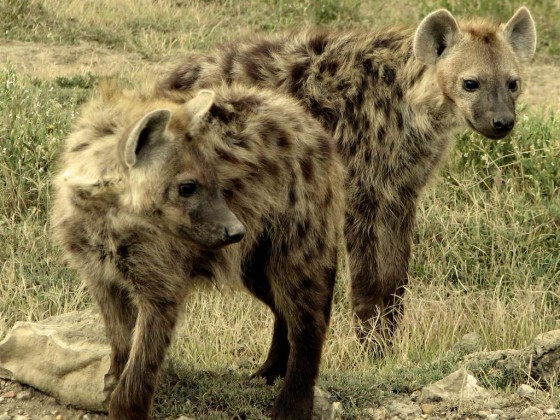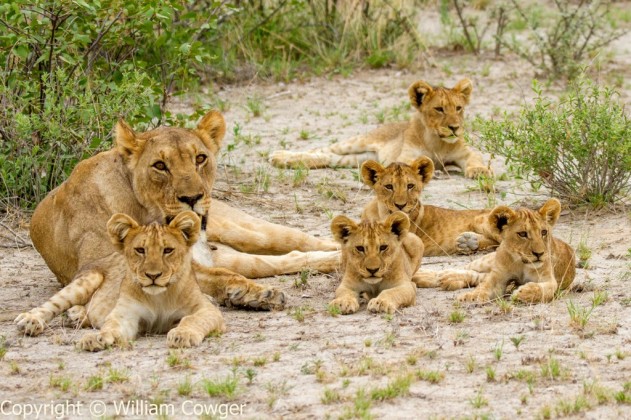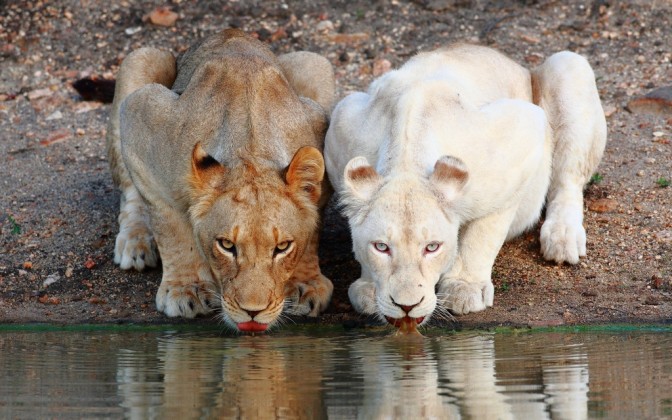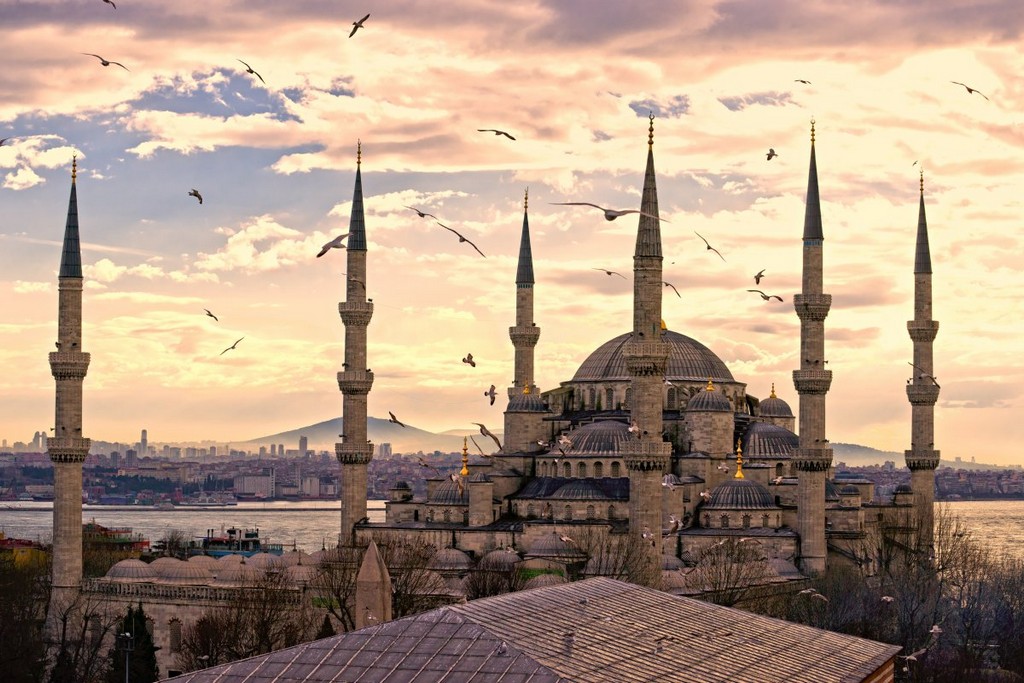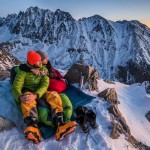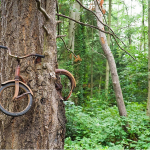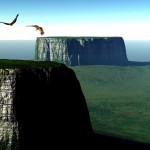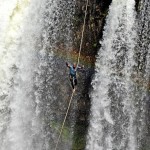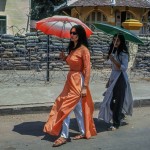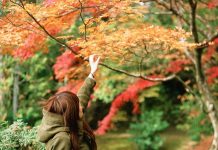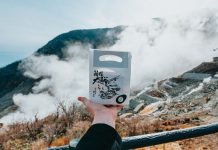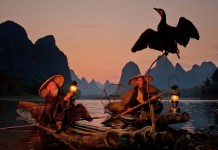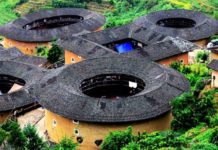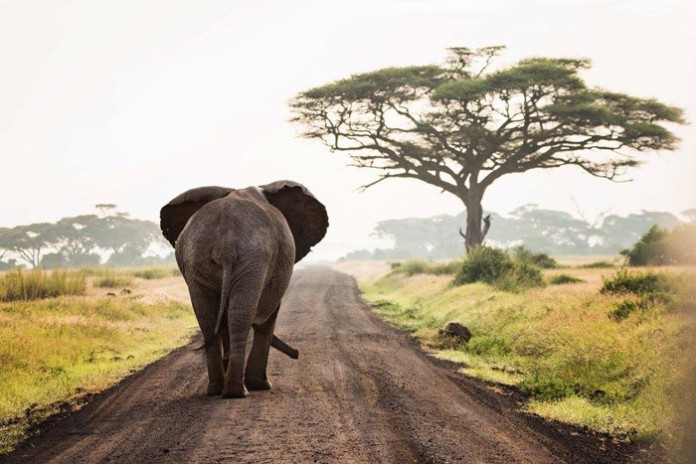
As we reach the final month for entries into the Africa Geographic Photographer of the Year 2016 competition, the amazing Will Burrard-Lucas gives a few more tips and tricks for improving your wildlife photography.
- 20+ incredible photos of nature showing how nature can defeat the civilization
- 10 mysterious places on earth not yet explored
- Japanese waterfall — Top 10 most beautiful waterfalls in Japan in autumn
- 16+ photos show the beautiful of sunscapes in the Sea of Cortez, Mexico
- 29+ brilliant architectural masterpieces around the world
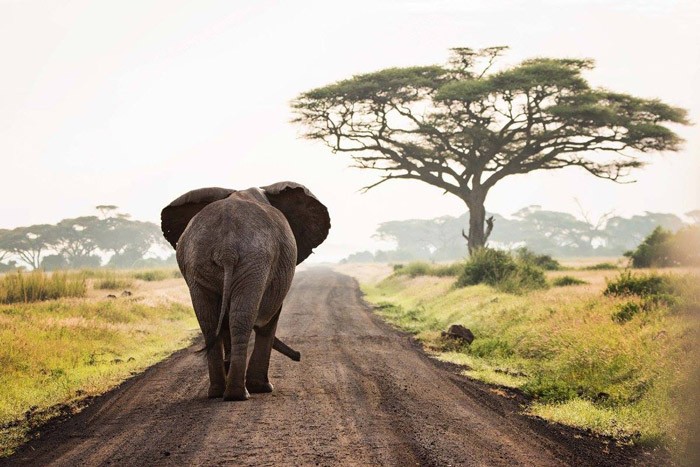
Thanks to his free wildlife photography course we have already learnt 10 easy ways to improve our wildlife photography, 8 things to look for in a camera, 9 things to look for when buying lenses, all we need to know about shutter speed and how to get the perfect focus in our wildlife photos.
Now Will lets us in on the secret to taking wildlife photos like a pro, using some great entries into our competition thus far to demonstrate his point!
So what’s the secret? Well it really boils down to just three things; the power of envisaging the shot you want to take, planning how you will take it and preparing accordingly. Taking these steps can help you make the transition from a good photographer into a photographer that consistently pushes boundaries and gets noticed.
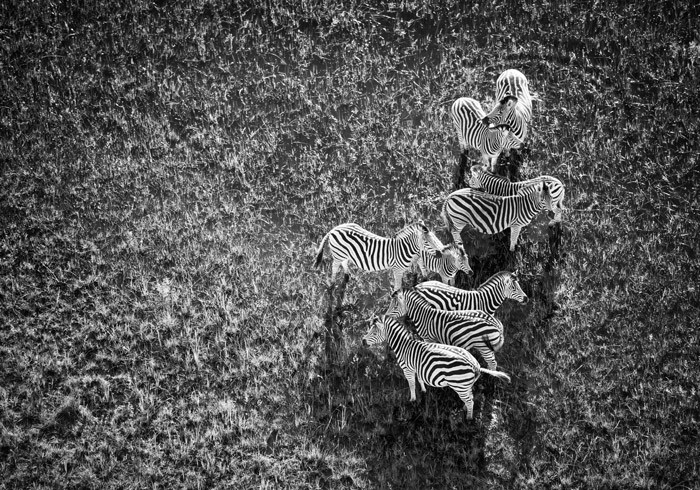
Before you start working on any new project, try to imagine the best possible photograph that you could get. You may even find it helpful to sketch it out. Once you’ve done that, you can start researching and planning the best way to achieve it. Will you need to work at a certain time of year to maximise your chances? Will you need specific equipment? How much time will you need? Will you need the help of an expert? Will you need special permission or access? If you go through this process, you will be able to prepare and give yourself the best possible chance of getting the shot you were aiming for.
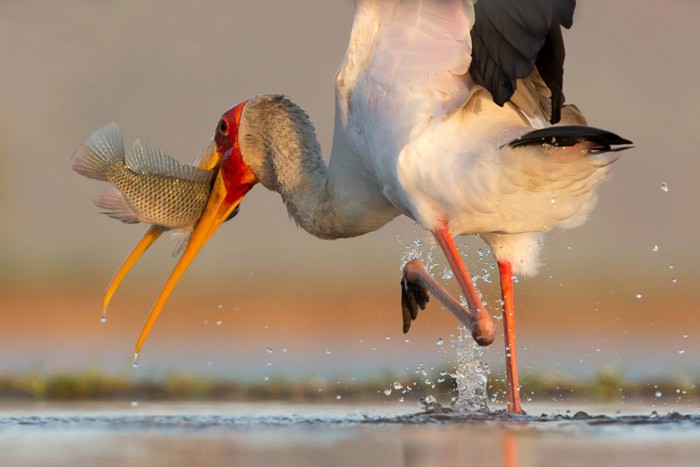
For each project, you may have two or three of these dream shots in mind, and have made the necessary preparations to achieve them. It may not work out for you every time, but eventually your hard work will pay off and you will start to take images that truly capture people’s attention.
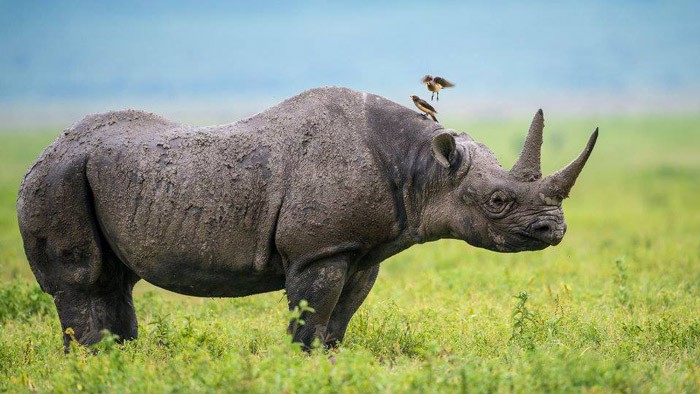
There are many examples from Will’s career that illustrate this point. BeetleCam is an obvious one where he built a remote-control buggy specifically to achieve the close-up, wide-angle shots of African wildlife that he wanted. Another example is KomodoCam, a device he built to get similar close-up photos of Komodo dragons in Indonesia. He couldn’t take BeetleCam with him, so he spent a few hours before his trip, designing and building a rig that would allow him to push his camera up to the dragons. This rig wasn’t difficult or expensive to make, it just required a bit of forethought and planning to create.
Whenever you speak to award-winning photographers, you will find that their best shots are rarely a case of being in the right place at the right time. More often than not, they will have gone out and made their shots happen.
Don’t miss helpful tips and tricks from Will Burrard-Lucas – sign up to his free wildlife photography course here or to ‘take-home’ some of his fabulous work, check out his brand new book: Top Wildlife Sites of the World, which features spectacular images from 32 of Will’s favourite wildlife destinations.
See more photos:
































